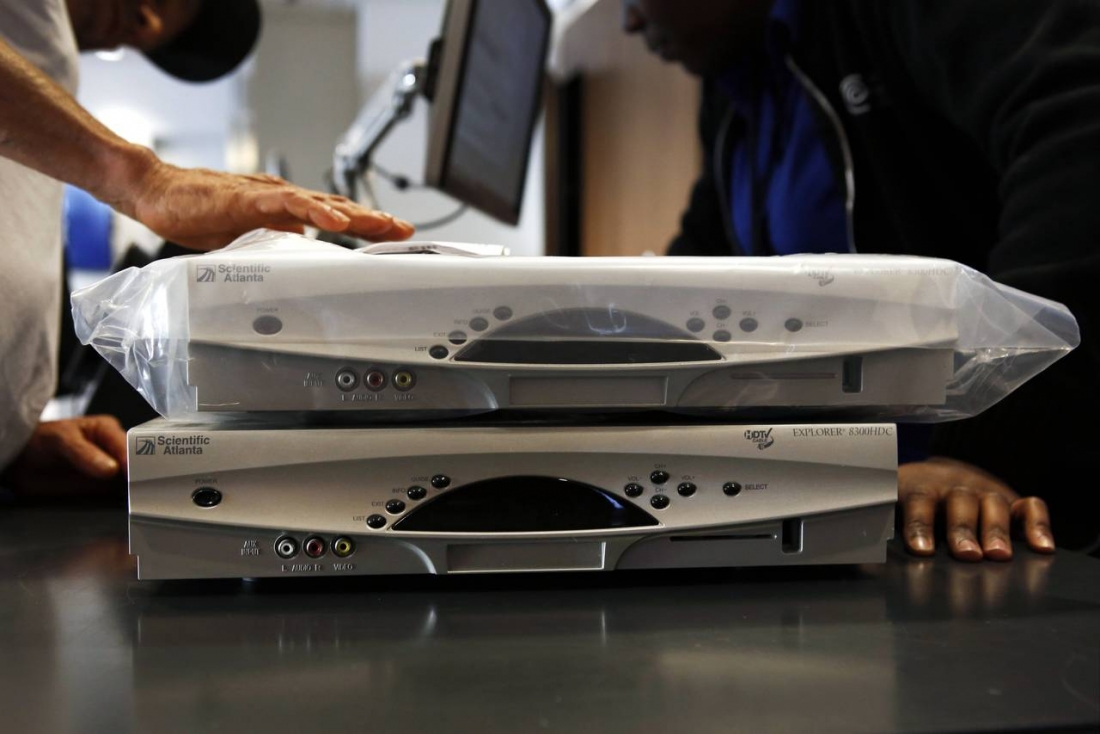The Federal Communications Commission earlier this year introduced a proposal that would give consumers more choice when selecting a set-top box from their cable or satellite provider.
In a nutshell, the FCC wanted to give customers the option of selecting from an array of set-top boxes rather than the single option they're forced to rent from their provider. To accomplish this, they wanted pay-TV providers to hand over programming information to third-party device makers who would then be in charge of loading their own user interfaces over the cable content.
Unsurprisingly, this proposal received plenty of pushback from industry influencers. The two sides reconvened and have seemingly come up with a solution that better caters to both sides' interests.
For example, if you wanted to watch Dexter, the search query would return all of the online places you can watch it as well as when episodes air on pay-TV.
Under the new proposal, pay-TV operators will instead create apps that would allow subscribers to watch their programming on a set-top box like a Roku or Apple TV device. The implementation would be similar to how you watch Netflix or Hulu on those devices today. What's more, cable programming would be globally searchable alongside other apps.
For example, if you wanted to watch Dexter, the search query would return all of the online places you can watch it as well as when episodes air on pay-TV. This approach would cut down on the fragmentation that currently exists between online and pay-TV sources and eliminate the need to lease a box from a provider to be able to watch the content you pay to access each month.
The savings could be significant. According to FCC estimates, the average household in the US last year paid $231 in set-top box rental fees.
The problem I see with this solution is that you're changing the delivery vehicle of pay-TV from traditional coaxial or satellites to an Internet connection. Today's Internet connections are pretty speedy on average but they aren't perfect. Even with a fast connection, there will be times that you experience buffering or a drop in image / audio quality and I'm willing to bet that you'd be looking at a minute or so transmission delay at minimum.
What's more, streaming television in your home is only going to slow down the connection for other family members that might be using the Internet at the same time. Plus, programming would count against your monthly data cap (unless such data is exempted). Furthermore, it means that you'd have to have an Internet connection to watch pay-TV. While that's very common, there are still some people that don't have a need for home Internet service but would still like to watch pay-TV (grandparents, anyone?).
Sure, I suspect traditional set-top boxes will remain an option for years to come but you have to think, at some point in the future, it's all going to move to the Internet.
The FCC will vote on the proposal on September 29.
Image courtesy Bloomberg News
